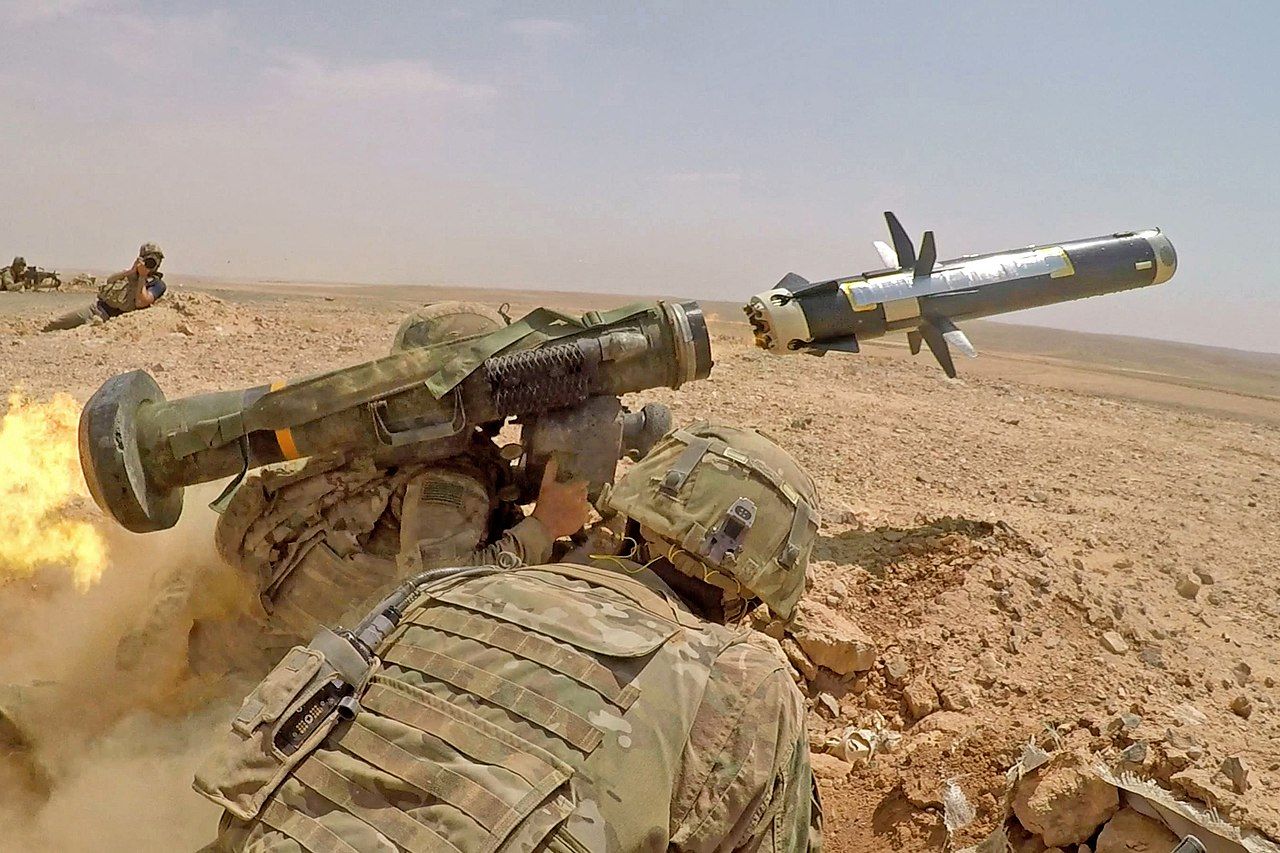A video has emerged of a Ukrainian Man Portable Air Defense (MANPAD) system missing an incoming Iranian drone used by Russia that goes on to hit its target in Kyiv successfully.
Su-34 Crash: Russia Reportedly Loses Its 17th Su-34 Fighter Bomber As Sukhoi Jet Rams Into A Residential Building
21 HIMARS Shells, 26 Kamikaze Drones Shot Down; Russia & Ukraine Make Big Claims As War Intensifies
Ukrainian MANPADs, that consist of mainly Russian-origin Igla launchers themselves, have shot down several Russian Su-35s air superiority fighters and Su-34 fighter bomber aircraft.
However, in the latest incident, they missed simple and cheap drones like Iranian Unmanned Aerial Vehicles (UAV), which have proven to be quite effective, having destroyed several Ukrainian targets.
Iran has sent Russia its Shahed-136 loitering munition (or Kamikaze attack drones), which Russia has rechristened as Geran-2. While several dozen Shahed-136 have been shot down in Ukraine, an equal number have also destroyed Ukrainian tanks, buildings housing military command centers, and surface-to-air missile (SAM) systems. Ukrainian officials had admitted the drones’ menace in a report in the Wall Street Journal.
Experts have again pointed to how simple, moderately advanced, and non-overtly sophisticated systems can be effective in war if used by a tactically proficient military user.
Many of the Ukrainian and Russian systems that have dealt severe damage to both sides are Cold War-era platforms, particularly the Ukrainian S-300, 9K33 OSA, and even MiG-29 and Su-27 jets that Russia made. It will soon start using the US-made National Surface-to-Air Missile System (NASAMS), while German IRIS-T air defense missile platforms have been reported to have reached Ukrainian units.
Ukraine also uses American-made FIM-92 Stinger MANPADs, many of which had been supplied before the war. But it is unclear whether the missile shooting at the Iranian drone is a Stinger or a Russian Igla. Neither is a breakup available of the hits scored by each system.
Videos – MANPADs Misses A Straight Clean Kill!
Social media networks were ablaze with two videos of the same incident from different angles. The first video shows a long shot of a drone, believed to be the Geran-2, diving down at a steep angle and a missile fired from a rooftop of a building directly towards it from the front.

The missile, however, streaks past it, and the drone lands and explodes at the base of another building, a little further from the one in which the missile is fired. A huge fireball then engulfs the first few floors.
The Spanish El Pais newspaper captures a second video of the incident, recording the MANPAD firing closer. However, the drone is not seen here until the large fireball explosion on the building a block away. The context of the video and the shape of the buildings seen in the first video confirms that it is the same incident.
Vijainder K Thakur, a former IAF Jaguar pilot, provided a simple explanation why the MANPAD could not lock and hit the UAV despite being an otherwise easy kill. “The Geran-2 is a Low Observability (LO) drone that has no radar or heat signature for a missile to lock on to,” Thakur said.
The Shahed-136/Geran-2 doesn’t even have an electro-optical tracking system (EOTS) like the Turkish Bayraktar TB-2, which was shot down in large numbers by Russia. Drones are also relatively easy to shoot down since they cannot pull tight maneuvers like fighter aircraft or carry heavier jamming equipment.
The Iranian drones are very loud, with their cheap engines, which many Ukrainian-friendly social media users have observed is a dead giveaway. Nevertheless, a large number of Shahed-136/Geran-2 have been shot down, and this seems to be a one-off incident where a MANPAD could not get a lock on the drone. It would not be prudent to write off either the drone or the MANPAD system.
Retired Indian Army Air Defense officer Col Shailesh Rai, while also attributing the miss to the absence of an Infrared (IR) signature for the missile lock-on, wondered a curious doubt. “The question is, how are they launching it? This is because the missile will not launch without a lock?”
Rai also explained the MANPAD launch sequence for the Igla-1M. “The lock-on is achieved before launching for passive sensors. After powering the missile and pressing half the trigger, the operator hears the lock-on signal. Then he presses it fully to launch. Launching it before the lock on could result in the missile missing the target,” Rai explains.
The operator, therefore, possibly fired the missile in the general line of the target, Rai concludes. He also clarified that MANPADs do not have a ‘lock-on-after-launch’ capability, which is present in larger air-to-air (AAM) and surface-to-air (SAM) when this correspondent wondered whether it was what allowed the missile to be launched without a lock.

Cheap But Deadly!
The Shahed-136 is a one-way attack UAV with a claimed range of 2,500 kilometers. “Russia is increasingly sourcing weaponry from heavily sanctioned states like Iran and North Korea as its stocks dwindle,” the United Kingdom’s Ministry of Defense (MoD) had said.
However, this is unlikely since Iran’s decision to supply its drones also has a significant geopolitical motivation. It perceives US actions backing Israeli strikes, pulling out and delaying re-entering nuclear deals, and continuing devastating sanctions as threatening its sovereignty.
Long been on the same page with Russia for the last few decades, the present US policy to continue the war by keeping arming Ukraine while also trying to contain and corner Iran has widely been considered to be Iran’s brazen motivation to arm Russia while continuing to deny it.
“The Iran Aircraft Manufacturing Industrial Company produced the Shahed-136 suicide drone, which can typically carry warheads weighing between five to thirty kilograms.
Iran had previously refuted claims that it had given Russia weaponry or drones similar to the Shahed-136. Later, the Iranian Revolutionary Guard commander bragged about supplying Russia with these drones,” a previous report in the EurAsian Times said.
- The author can be reached at satamp@gmail.com
- Follow EurAsian Times on Google News




